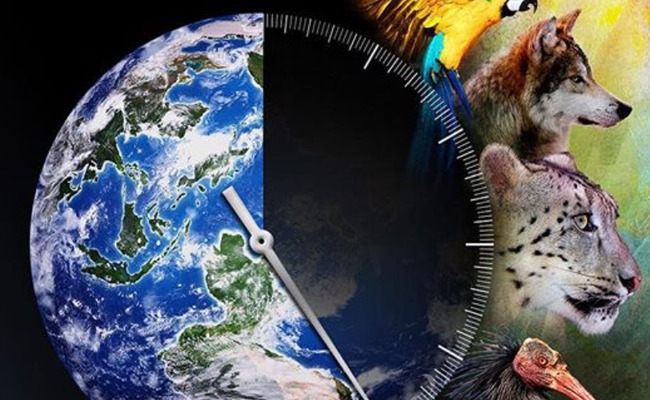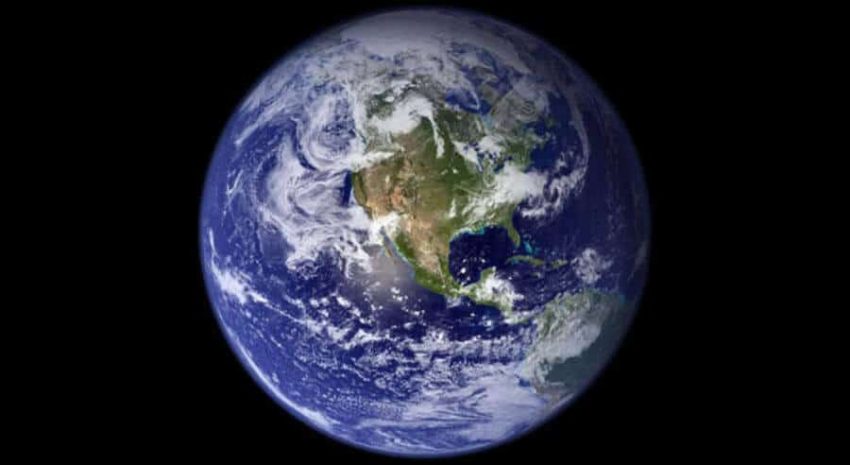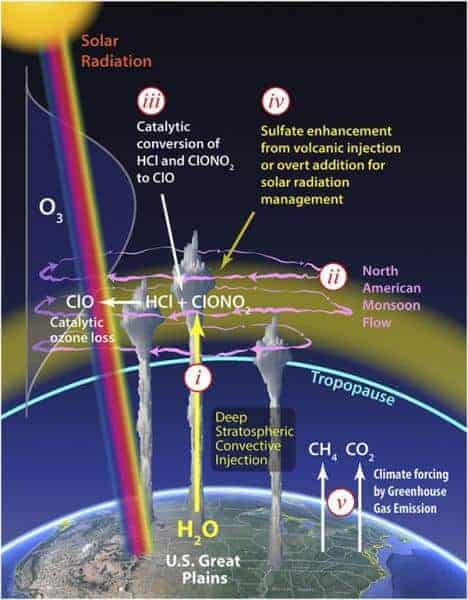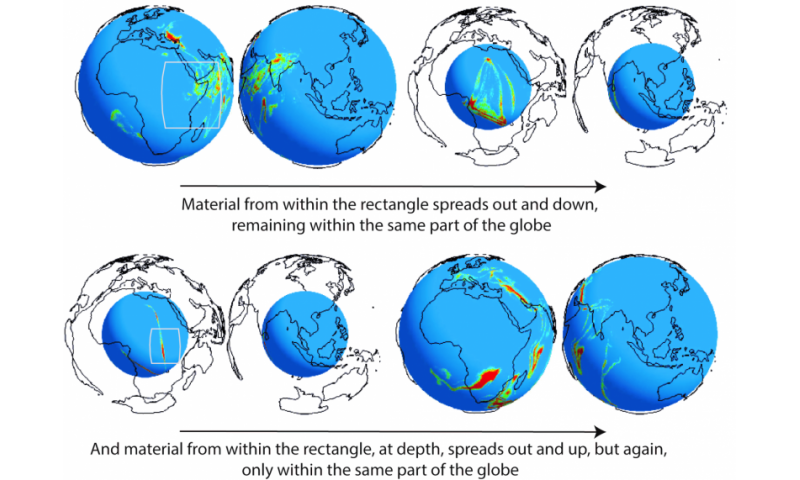Create Your Moon project explores the idea of time reunion behind the traditional Chinese Mid-Autumn Festival.
Author: Kenneth Logan
Prelude to global extinction: Disappearance of species tells only part of the story of human impact on Earth’s animals
No bells tolled when the last Catarina pupfish on Earth died. Newspapers didn’t carry the story when the Christmas Island pipistrelle vanished forever. Two vertebrate species go extinct every year on average, but few people notice, perhaps because the rate seems relatively slow – not a clear and present threat to the natural systems we…
Smokey Sweet Potato Bánh Mì
Smokey sweet potato serves as the base for this Vietnamese inspired sandwich. Bánh Mì, which means all kinds of bread, finds its roots in French colonialism (hence the use of a baguette) and is traditionally made with pork or other meats. That said, this sweet potato version is fitting for the growing number of people interested in…
Diamonds From the Deep: Study Suggests Water May Exist in Earth’s Lower Mantle
Water on Earth runs deep – very deep. The oceans have been measured to a maximum depth of 7 miles, though water is known to exist well below the oceans. Just how deep this hidden water reaches, and how much of it exists, are the subjects of ongoing research. Now a new study suggests that water may…
Increased risk of ozone loss over the United States in summer
A new study out of Harvard University reveals that the protective stratospheric ozone layer above the central United States is vulnerable to erosion during the summer months from ozone-depleting chemical reactions, exposing people, livestock and crops to the harmful effects of UV radiation. Powerful storm systems common to the Great Plains inject water vapor that,…
Puzzling pockets of rock deep in Earth’s mantle
Michigan State University and Arizona State University geoscientists have used computer modeling to find an explanation for how pockets of mushy rock have accumulated at the boundary between Earth’s core and mantle. The relatively small rock bodies reside roughly 1800 miles below the surface. Known as “ultra-low velocity zones” because seismic waves greatly slow down…







